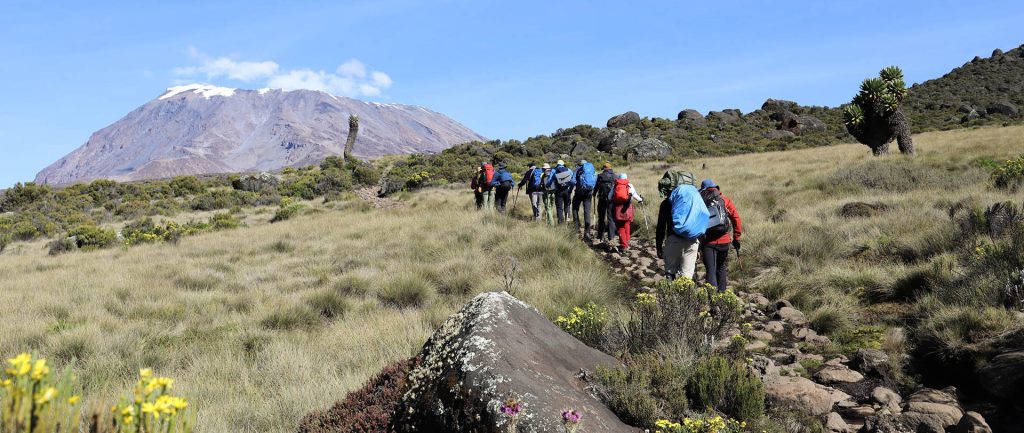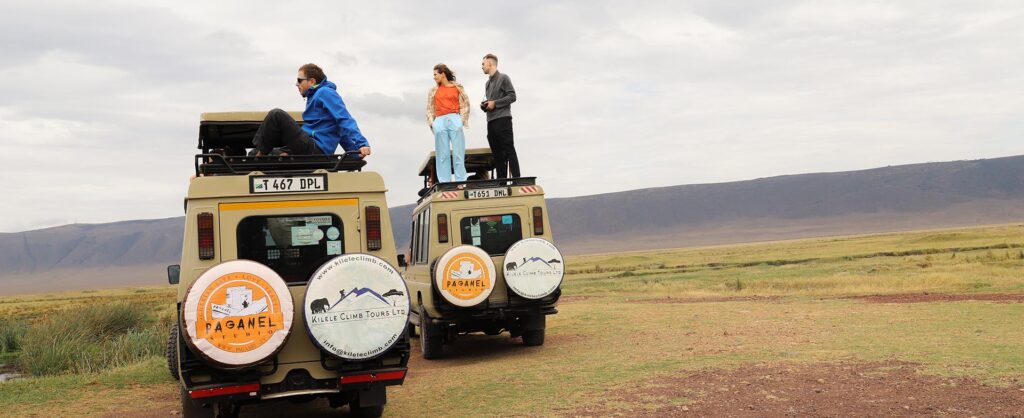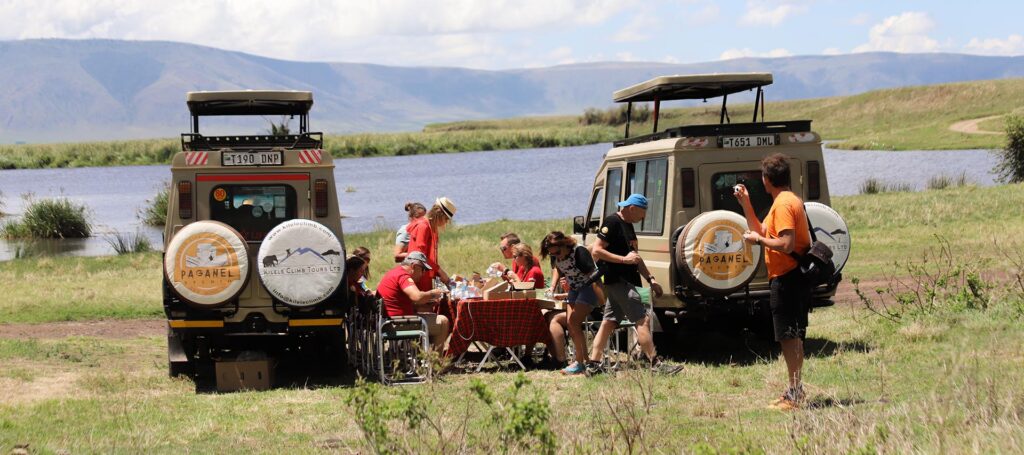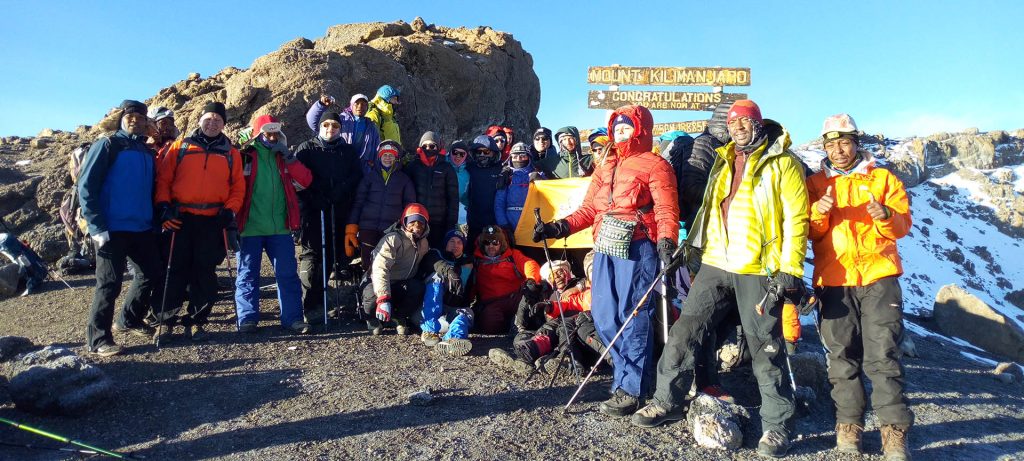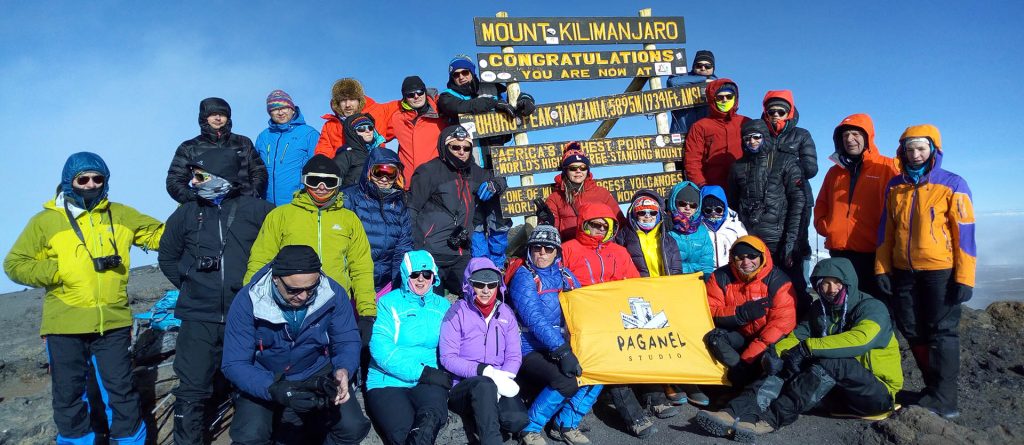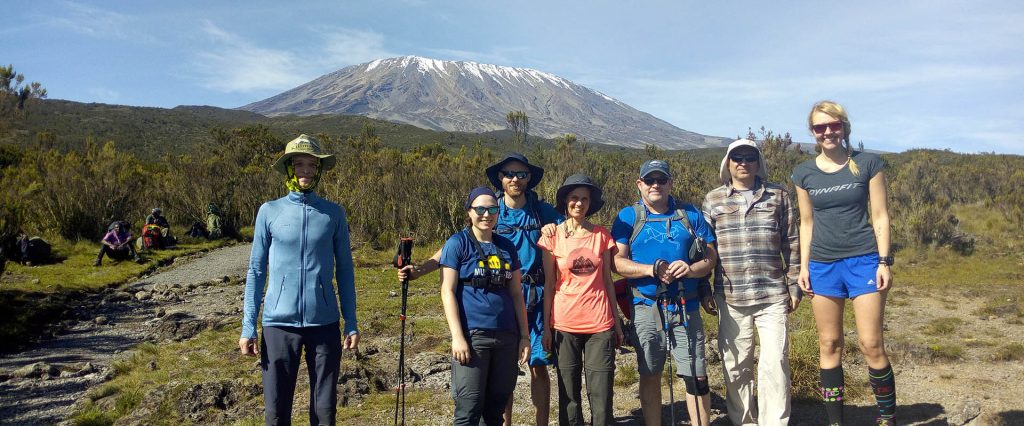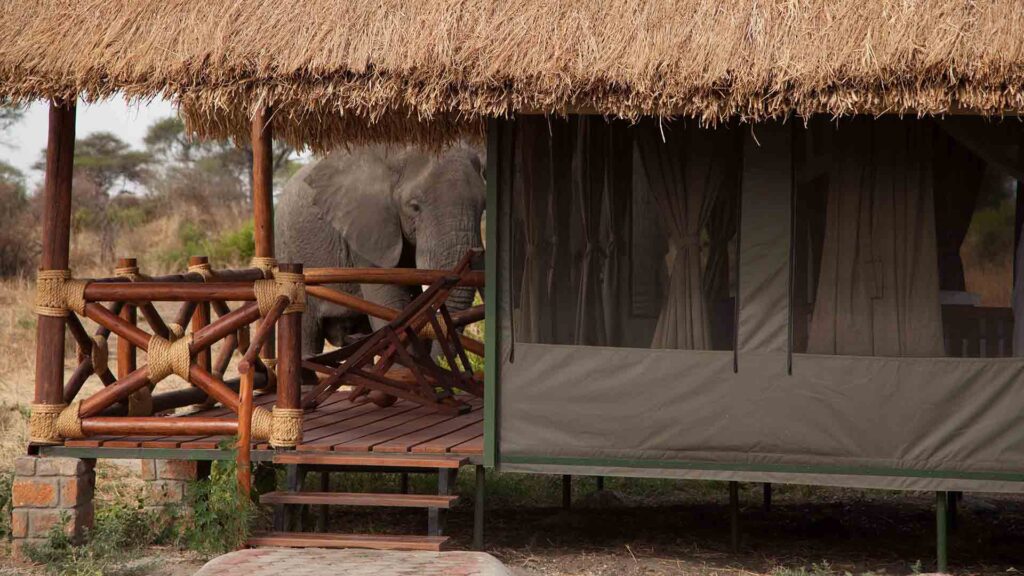Kilimanjaro Climate Zones – The Changing Landscapes Of Mount Kilimanjaro
Kilimanjaro Climate Zones is the most amazing facts you should consider before hiking for the summit at Uhuru Peak or the “freedom peak”.
Located in the northern part of Tanzania, Mount Kilimanjaro is the highest freestanding mountain in the world with an altitude of 5895 meters. New and experienced hikers attempt for the summit, to get achievement, experience the thrilling adventure or to spot the large diversity of fauna.
According to the climate, flora, and landscapes, there are five ecological or climate zones you are going to face while Climbing Mount Kilimanjaro. This gives you a very rough indication on the five different climate zones.
“Mount Kilimanjaro ecology is made up of five distinct Climate Zones which are Cultivation, Forest, Heather-Moorland, Alpine Desert and Summit climate zones. Have a look at the specifications of each zone”
Climate Zones of Mount Kilimanjaro
Cultivation Zone (800m – 1800m)
Made up of farmland and small villages, the Cultivation zone between 800m to 1800m is the base of Mt. Kilimanjaro. With a high fertility plain, this zone is best for agriculture, farming, and plantations.
This zone is the home of Africa’s best coffee farms, bananas, and local Chagga communities. In this zone, the rivers are formed from the merging streams of water from the glaciers and the temperature can rise up to 35 degrees Celsius.
Rain forest zone (1800m – 2800m)
The tropical rain forest zone starts from 1800m to 2800m and the temperature varies between 20 to 25 degrees Celsius. The rainforest receives the highest rainfall among all of the Kilimanjaro Climate Zones. The trail is edged by deep gorges of green emerald blankets. The twisted forest floor makes the ancient trees to be covered by a coat of moss. The forest in the south is much thicker than the north of Mt. Kilimanjaro which is on the Kenyan side of the mountain. The green dense vegetation combining with the cloud on the upper level of the forest makes it best for natural sights.
Heather and Moorland Zone (2800m – 4000m)
In this zone, daytime temperature can rise above 40 degrees Celsius and drops below the freezing point during the night. When the rain reduces and wind increases at an altitude above 2800m, you will see giant heathers, wild grasses, rocky trails, and also known as semi-arid grasslands. After Climbing Mount Kilimanjaro for a couple of hours in heather land, the flora becomes thinner at an altitude of almost 3000m which means you are entering to the moorland. Reduced size of the floras, large fields of wildflowers, and grasses are the main feature of the moorland zone.
When you hike higher, the temperature decreases in these Kilimanjaro Climate Zones and slightly become chillier with a temperature in between 15 to 20 degree Celsius. On this altitude, you can enjoy the spectacular view of the cloud on lower slopes with an incomprehensive array of stars on the clear sky.
High Desert Zone (4000m – 5000m)
High Desert zone or Alpine zone is an arid desert environment while the temperature varies in between -10 to 15 degrees Celsius. This zone has worst weather conditions among all Kilimanjaro Climate Zones and bitter cold during the night is intolerable. As the day temperatures are hot and solar radiation is high, you have to use a lot of sunscreens.
This zone receives rainfall less than 8 inches annually and you can find the volcanic rock of all shapes and sizes. After hiking for the few hours, you can see the cone of Kibo and the vast glaciers to its steep ledges. This zone contains deep gorges and breaches in the crater rim. As a perfect volcanic zone, the landscape is fully dry and a stranger from any kind of soil. This is the ecological zone where most of the hikers fail to acclimatize and give up.
Arctic zone (5000m – 5895m)
Known as the summit zone, this zone is the home of Uhuru Peak, the summit point on Mount Kilimanjaro. This zone also contains Kibo and Mawenzi peak with high altitude arctic conditions and the temperature is -25 degree Celsius. This zone has the lowest atmospheric pressure among all Kilimanjaro Climate Zones.
The initial part of this zone is made up of loose dirt and gravel known as scree. As scree is harder to climb, the summit attempt starts at midnight when the dew has frozen and settled down the screen.
Due to high solar radiation, the lowest atmospheric pressure, and strong wind, staying in this zone for a long time can develop chronic severe altitude sickness. As you begin to hike up, ice will appear from the patches to the large fields for the summit.
Well, after crossing the diverse landscape and weather, you can reach the crater. Inside the crater you can spot the Ash Pit at the deep of 120 meters.
As a local tour operator, well established 17 years old tour and trekking operator, Kilele Climb Tours offers varieties of safari and trekking packages with well-designed itineraries.
You can make your own itinerary with us according to your demand. We offer safari trips for Tanzania, Kenya, and Uganda and trekking for Mount Kilimanjaro, Mount Meru, and Mt Kenya. Start safe and successful trekking with us by visiting @ kileleclimb.com

